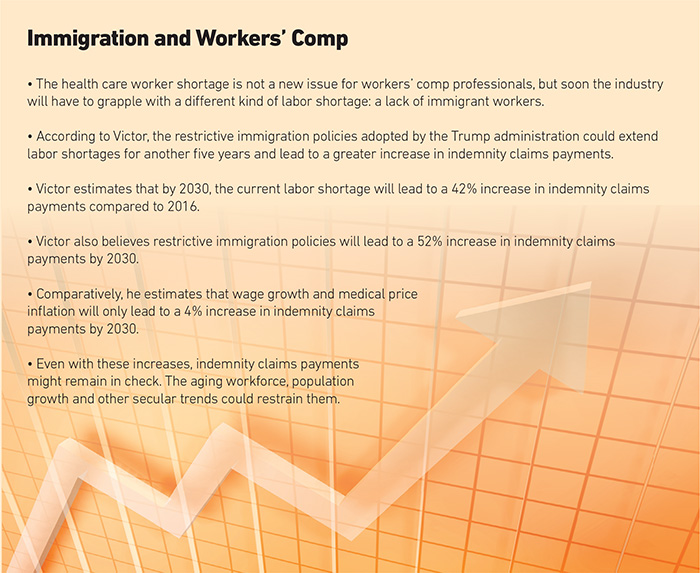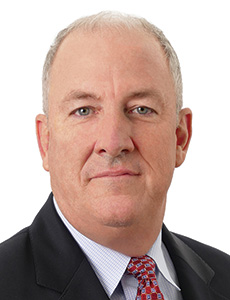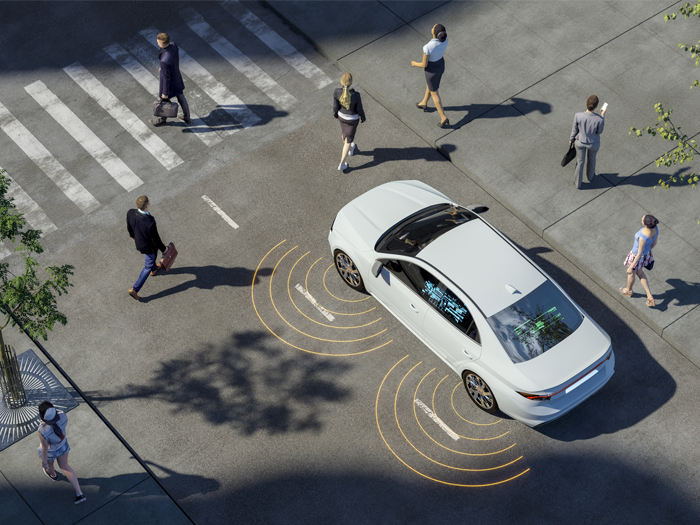More Claims, Longer Wait Times: How Four Factors Are Influencing the Direction of Workers’ Compensation

Dr. Richard Victor, founder of WCRI and senior fellow at the Sedgwick Institute, recently released a book focusing on futuristic scenarios for the workers’ compensation industry in macroeconomic terms.
Victor’s book, entitled Scenarios for the 2030s: Threats and Opportunities for Workers’ Compensation Systems, is a wide-ranging and rigorously researched manifesto, addressing everything from the intricacies of labor shortages in the U.S. to health care reform and case shifting.
For Victor though, the issues can be thought of as more of a road map of what to anticipate rather than a devastating prophecy.
The volume fills 300 pages with 25 pages of diverse references, lending credibility to the idea that the scenarios presented are not, as Victor put it, a “pie in the sky fantasy.”

Dr. Richard Victor, founder of WCRI and senior fellow, Sedgwick Institute
“Much of what we did at WCRI was to look at specific features of workers’ compensation and their performance, often using historic data,” Victor said.
“I thought what was useful for me to think about was to look forward rather than backward,” he said.
“There’s a combination of forces that, when converged, could lead to as much as a tripling of workers’ compensation costs for employers, and that doesn’t require that benefits increase to injured workers.
“So, you could have a scenario where workers’ comp costs dramatically increase to employers and none of that increase has gone as an increase to injured workers. That is highly likely to lead to widespread dissatisfaction on the part of employers and workers with the current state workers’ compensation systems,” he added.
The Factors
There are four outside forces acting on the workers’ compensation system that Victor believes are the most significant for the 2030s: a labor shortage, restrictive immigration policies, changes in the health care system, and changes in health care provider reimbursements.
Labor shortages, though they exist in an ebb and flow, are about to become much more persistent, in Victor’s view.
He argues that the U.S. will be experiencing the longest set of persistent labor shortages since World War II by the 2030s, and that shortages of workers, and more importantly, shortages of health care providers, will lead to increases in workers’ compensation claims and increases in the duration of disability.
Victor couples these persistent labor shortages with immigration policy and rhetoric that is likely to disturb the status quo, citing the Brexit vote and subsequent hemorrhaging of immigrant residents in general industry and in health care as major potential issues for the U.S. market.

“In times of persistent labor shortages, employers tend to hire workers who they wouldn’t otherwise hire,” Victor said.
“They are lower skilled, they’re a poor culture fit, they have a weak attachment to the labor force, etc. Add to that what seems to be growing restrictiveness in our immigration policies and growing rhetoric that’s hostile to immigrants, and that will make the labor shortages even worse.”
For his part, John deLorimier, EVP of customer experience and growth at Concentra, agrees.
“The immigration policies we’re seeing now, and eventually the lack of unskilled workers that we will start to see impact manufacturing and construction and other parts of the U.S. economy, will have an impact on workers’ comp, no doubt.”
Doug Dirks, President and CEO of EMPLOYERS, disagrees that widespread dissatisfaction will ensue in the near term, but identified the aging population and subsequent labor shortage as a major concern.
“What we know is that older workers tend to be injured less frequently, but when they are injured, they tend to have more severe claims and they take longer to heal,” Dirks said.
“Layer on top of that the financial challenge that the next generation of retirees is going to have … that has the potential to drive up frequency and severity.”
Case Shifting
In addition to the dual threat of labor shortages and hostile immigration policies is the sharp shift in health care policy that is likely to continue in the post-Affordable Care Act (ACA) landscape, as Dr. Victor perceives it.
First, is the threat of case-shifting, which has been a topic in the workers’ comp zeitgeist since the passage of the ACA a decade ago.
“Changes in the health care system that we’ve already seen in the last decade will continue and cause people to shift soft tissue injury cases to workers’ comp,” Dr. Victor predicts.
“As group health has more and larger deductibles, and workers’ comp remains no deductibles, no co-payments, it becomes more attractive to say [an injury is] work-related.”
However, not everyone sees this as a continuing trend, or even a trend at all. For Dirks, it isn’t in the mix.
“I think that there was an expectation with the ACA that there would be a temptation to shift costs to a workers’ compensation system that has higher reimbursement rates than general health, but we didn’t see that,” he said.
“Whether or not it would occur in the future in a different framework, it’s an open question.”
Mike Cirillo, President of myMatrixx, also believes that case-shifting fears have been overblown. “Throughout my career, I’ve been led to believe that the fraudulent shift is less than five percent of the total claim counts,” he said.
“Over the last 10 years, we have had major changes in health care to address the uninsured and underinsured. Every time a gap is closed, the need to shift from health care to workers’ comp will continue to decline, favorably benefiting the workers’ comp system.”
Watch Out for Technology

David Young, CEO, Optum
Regardless of the potentiality for any of these issues to come to the fore, the saving grace for Dirks, and for a variety of other veteran workers’ comp executives, is technology.
DeLorimier envisions a contraction of unproductive labor in claims in particular.
“There are so many people employed in the workers’ comp ecosystem because the workflows are so inefficient,” he said.
“There are hundreds and hundreds of people that are doing things that I think in the next three to five years will be taken over by technology. All of those things are going to come together in a hurry to drive efficiencies.”
Similarly, David Young, CEO of Optum, views the next decade as a march toward smart investment.
“It gets back to this — there’s a balance between automation and claims processing,” he said.
“The human appeal has to be there, you can’t just allow a system to deny a claim. If you don’t appropriately balance technology with care, if that pendulum gets out of balance, the image problem in workers’ comp is going to get worse.”
These efficiencies will have to have buy-in from the next generation of workers to service the workers’ compensation system at large, and there may be room for optimism, especially if you take Mike Cirillo at his word.
“With every new generation there are changes that occur as a result of the workforce,” he said.
“Generally speaking, it’s been my experience that the next generation of talent is more skilled than the prior. When I look at the current talent levels, skill sets will positively change the workplace and workforce of tomorrow.” &










